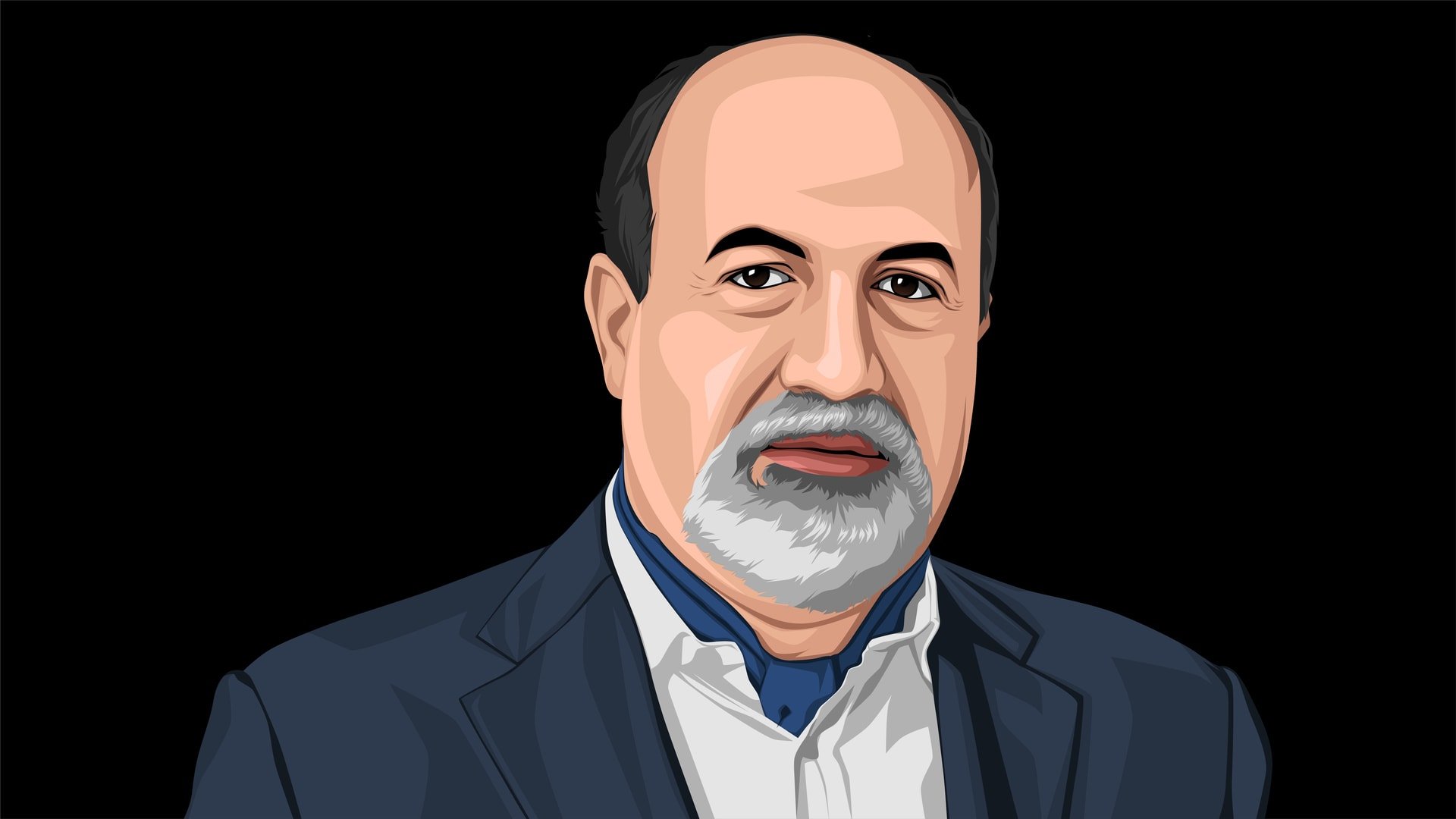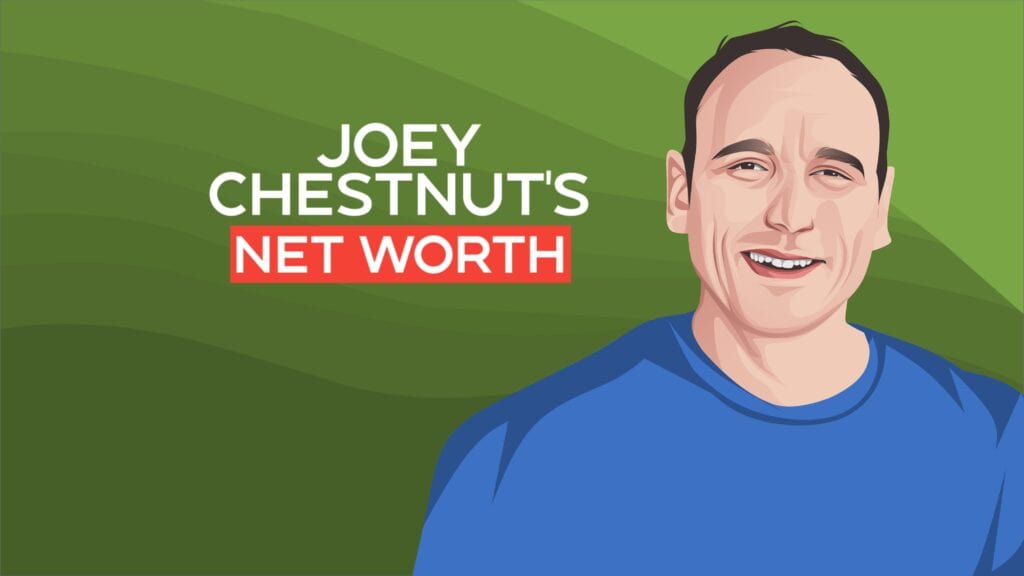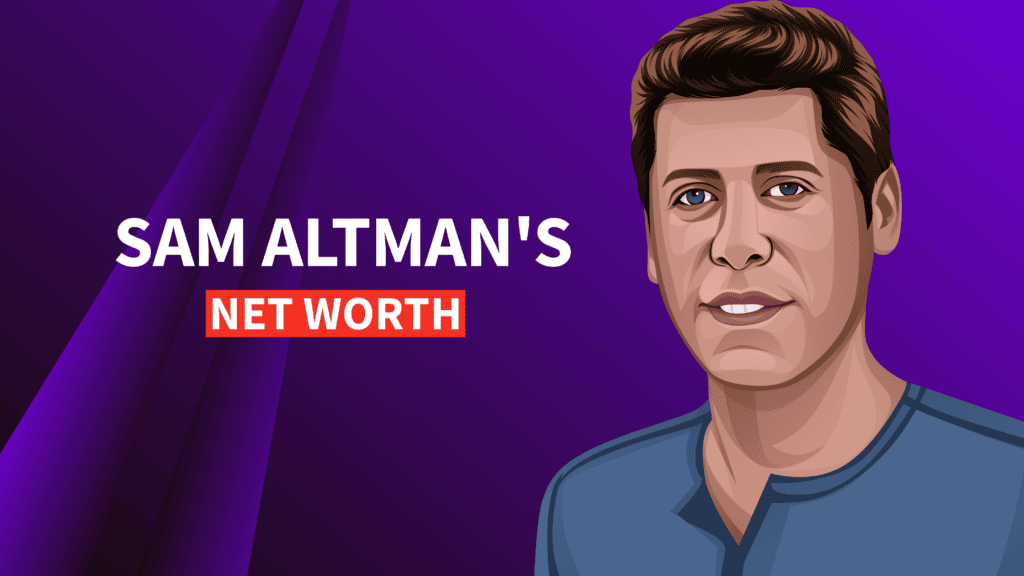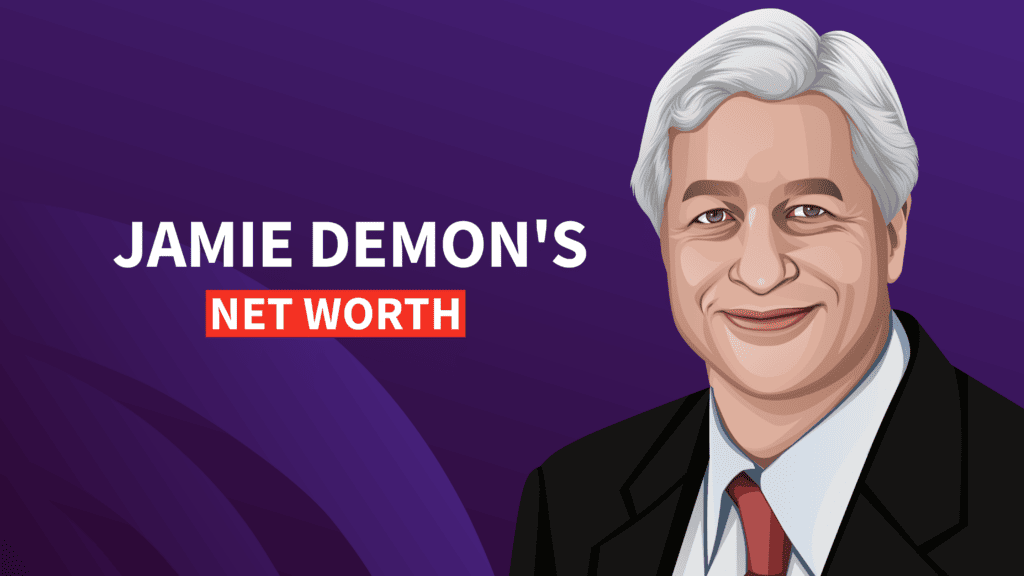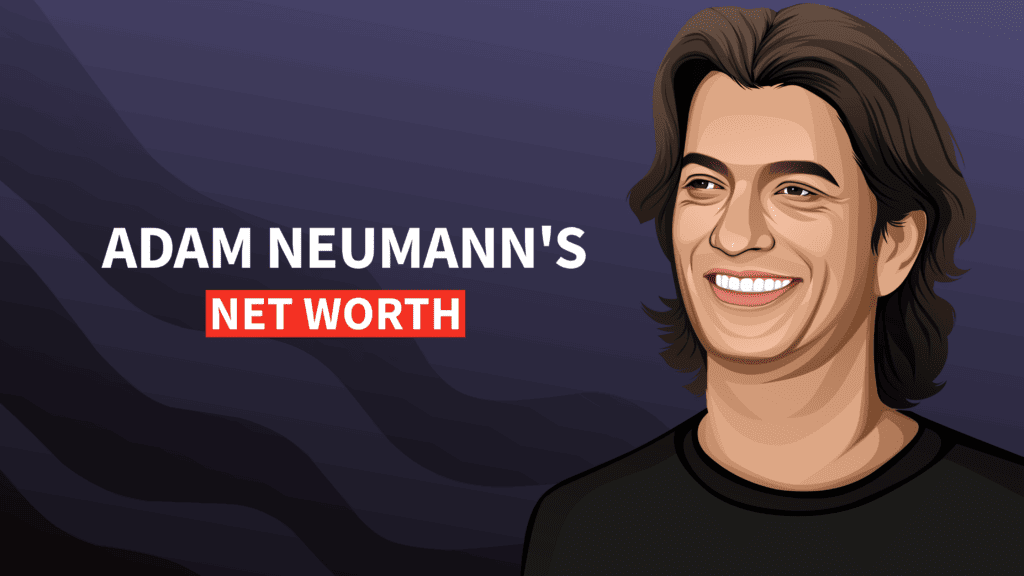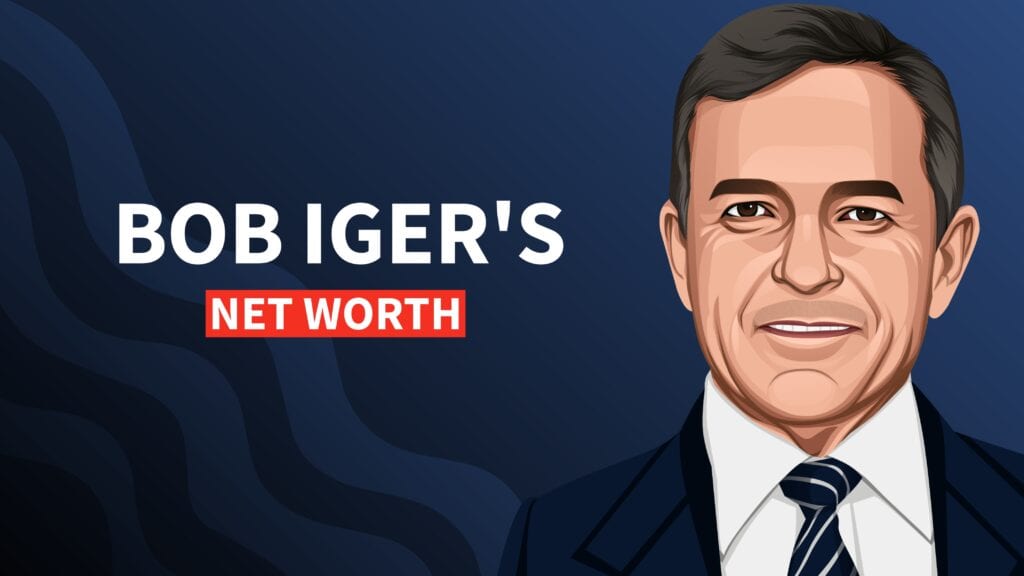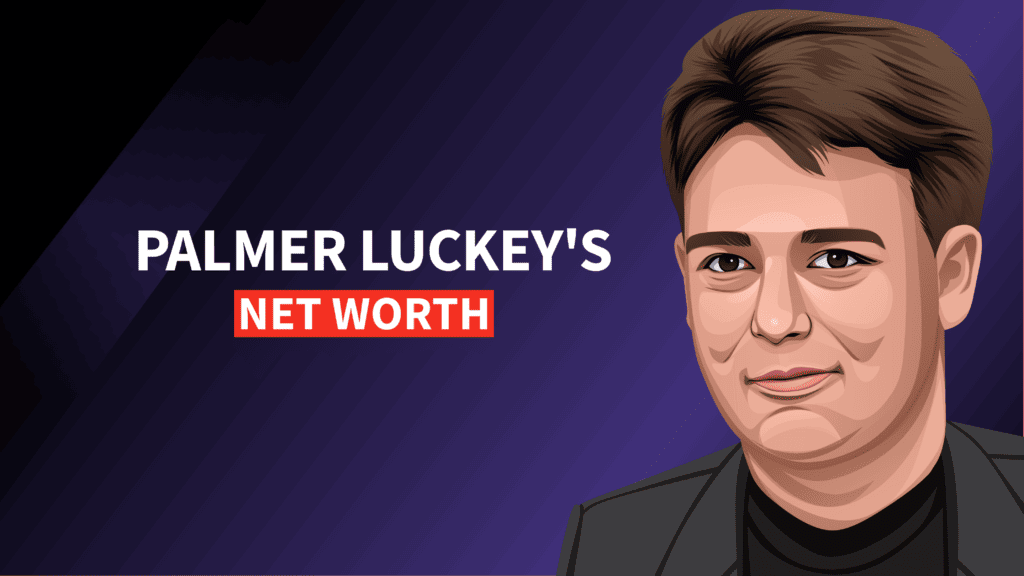Nassim Taleb, the trader, philosopher, and statistician, is on the Rolodex of every major central banker in the world. How did his reported net worth reach $69 billion, and what can we learn from him?
For most people, the three hardest words to utter are "I don't know." Nassim Taleb has not only made a career out of it, but he's gotten very rich off it, as well.
Nowadays, everyone either knows about or at least has heard of, black swan events. Taleb coined the term to indicate a low probability, high impact event. His exact definition is:
...an event with the following three attributes. First, it is an outlier, as it lies outside the realm of regular expectations, because nothing in the past can convincingly point to its possibility. Second, it carries an extreme impact…. Third, despite its outlier status, human nature makes us concoct explanations for its occurrence after the fact, making it explainable and predictable.
Think 9/11. Or the 2006 Tsunami. Or the 2008 Financial Crisis.
Crazy things that involuntarily drop your jaw while you're watching the news.
Before you even ask, Taleb does *not* consider COVID a black swan. He said governments should have seen this coming from miles away. Watch his The Corona Crisis is Not a Black Swan and 'Black Swan' author Nassim Taleb on warnings over systemic risks from global pandemics.
From his masterpiece, The Black Swan:
Before discovering Australia, people in the Old World were convinced that all swans were white, an unassailable belief as it seemed completely confirmed by empirical evidence. The sighting of the first black swan might have been an interesting surprise for a few ornithologists (and others extremely concerned with the coloring of birds), but that is not where the significance of the story lies. It illustrates a severe limitation to our learning from observations or experience and the fragility of our knowledge. One single observation can invalidate a general statement derived from millennia of confirmatory sightings of millions of white swans. All you need is one single black bird.
What does that have to do with anything?
Well, take stocks for an example. We often laud dividend-paying stocks. But what happens during a market crash? Usually, they cut their dividends as their stock price nosedives. HSBC circa 2008 is a notable example of this.
That is, the market has a negative skew. Or, for the older folks here: "The market climbs a wall of worry." And then what? It tanks quickly.
Here's the SPX since 1990. Long uptrends followed by quick - and usually unforeseeable - crashes.
Most people are happy to feel right most of the time and pay for it with a crash or two.
Not Taleb. And that's what makes him so different.
In his The New Yorker column, world-famous author Malcolm Gladwell wrote Taleb's first mainstream book, Fooled by Randomness, was "to conventional Wall Street wisdom approximately what Martin Luther's ninety-five theses were to the Catholic Church."
Learn From the Turkey
If you look again at the chart above, you can see it's easy to fall asleep for years in the markets before something bad happens.
Taleb warns that the history of a 1,000-day process teaches you nothing about what will happen next. So it would be best if you learned from the turkey.
Consider a turkey that is fed every day. Every single feeding will firm up the bird's belief that it is the general rule of life to be fed every day by friendly members of the human race "looking out for its best interests," as a politician would say. On the afternoon of the Wednesday before Thanksgiving, something unexpected will happen to the turkey. It will incur a revision of belief.
He's a heretic and proud of it.
A Big Call
When The Black Swan first published, this was one of its footnotes:
Likewise, the government-sponsored institution, Fannie Mae, when I look at their risks, seems to be sitting on a barrel of dynamite, vulnerable to the slightest hiccup. But not to worry: their large staff of scientists deemed these events "unlikely."
Remember, this was a time when no one thought any quasi-governmental enterprise was "risky."
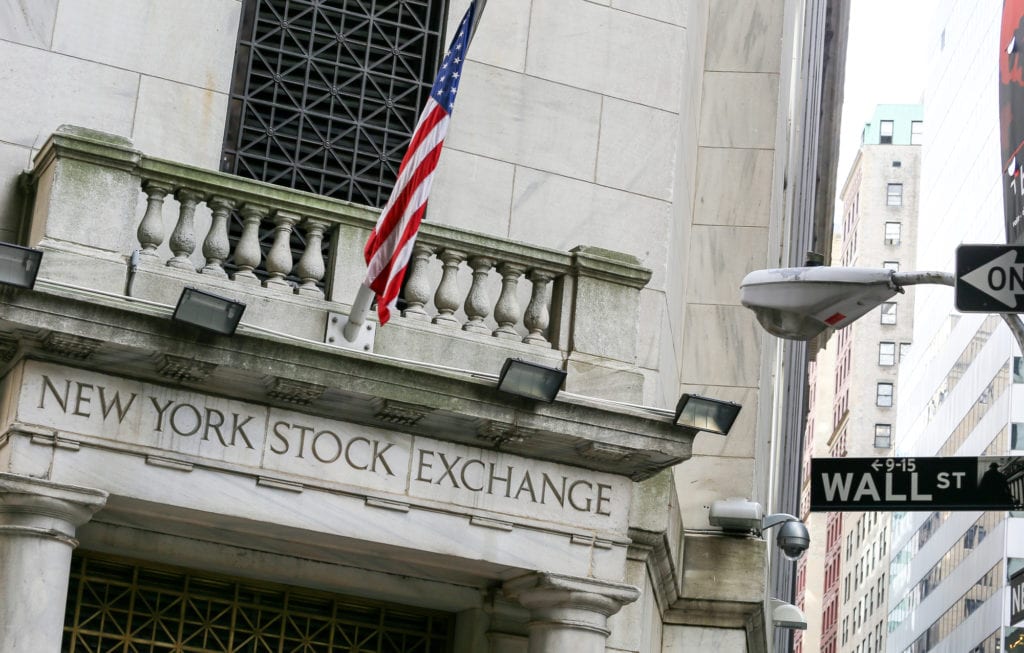
And what happened to Fannie Mae? Delisting from the NYSE and a staggering bailout.
But this is just one case.
Taleb has slammed RiskMetrics and Value-at-Risk (or VAR) for grossly underestimating the risk banks carry day-to-day. Vindication came in 2008. Now banks are starting to use new tools like Expected Shortfall to supplement and eventually supplant VAR.
What's wrong with VAR? Fat Tails...
VAR is a measurement that shows the minimum amount a bank will lose during a specified time period. It's based on the normal (or Gaussian) distribution. Sure, height, weight, and shoe size are typically distributed throughout a population.
But for finance, Taleb calls this the Great Intellectual Fraud. There's nothing normal in finance… and certainly not asset returns. To base a bank's entire market risk profile on VAR is ridiculous. But no one saw it that way for a long time.
Taleb's big specialty is "fat tails."
First, let's start with regular tails. When you're looking at a normal distribution, you can easily see how many observations fall within a certain standard deviation of the mean.
It's easy, intuitive... and will get you killed.
Here's an example. For instance, if a stock's average return is 10%, and its standard deviation is 7%, you can say that 68% of the time, your returns on average would be between 3% and 17%. For 95% of the time, your returns will be between -4% and 24%. 99.7% of the time (not shown), your returns will be between -11% and 31%.
Two questions likely arise from that.
- What happens that other 0.3% of the time?
- Is it really only 0.3% of the time I'm not sure?
Why? Because most stocks have a negative skew. That is, its average price is lower than its median price. Here are GOOG's last twelve months of closing prices:
GOOG's average price was $1,404.94. Its median price was $1,428.29. Notice that big (red) fat tail to the left? That's what you need to worry about.
Taleb repeatedly warned investment bankers, central bankers, treasurers, finance ministers, and anyone else who would listen that we routinely underestimate the risks in the fat tails.
Here's an example of looking at risk with a normal (the Gaussian on the chart) distribution versus one that takes fat tails into account. Notice the risk is 3x larger, but at least a risk manager would be able to do something about it.
Having these intellectual fistfights with the ivory tower overlords of finance gave Taleb a reputation for being combative, cantankerous, and correct.
How did Nassim Taleb make his money?
On October 19, 1987, the Dow Jones Industrial Average fell 508 points. At that time, that was a huge move. Roughly 22% down. An unmitigated disaster.
Taleb, who was working at Credit Suisse First Boston, was as horrified as everyone else was on the day. But his brand of frisson was slightly different. He knew what went on on trading floors. He already believed most of the traders made their money by dumb luck. And he already thought his Black Swan was on its way.
But he didn't want to be this right. The kind of right that wrecks livelihoods, economies, and countries.
Totally stressed out, he decided to walk home from work. CSFB's office was in Midtown, and he lived on the Upper West Side. It was a long, melancholy walk.
When he got home, he slept for 12 hours.
The next morning he went into work, assuming he'd find a pink slip.
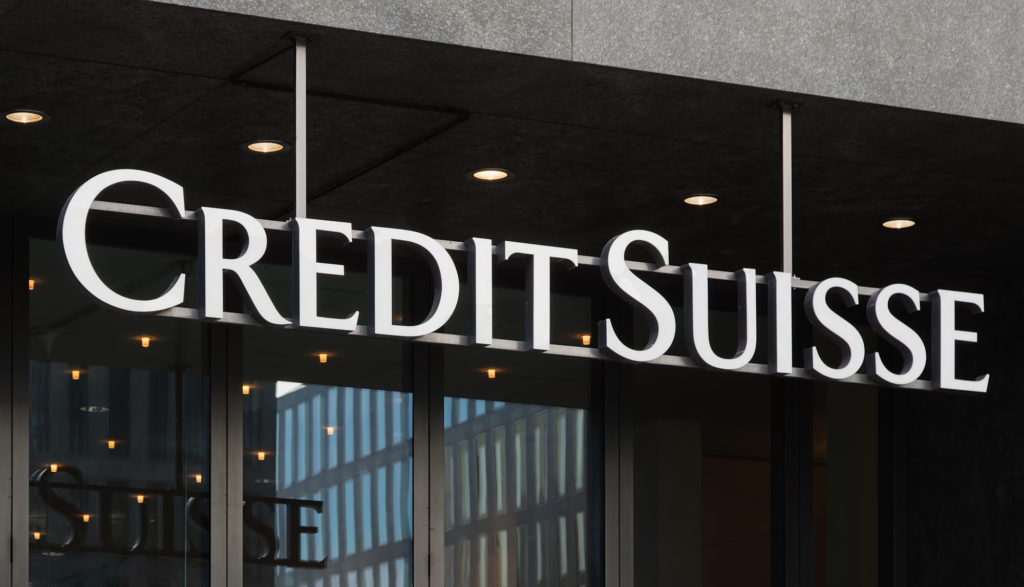
Then some big news hit: Richard Dennis, of Turtle Traders fame, went bankrupt. A shocked Taleb suddenly realized he had the opposite position of Dennis's. Could it be?
Indeed, Taleb not only survived the '87 crash but made tens of millions of dollars that day. He charmingly tells that story here.
But the best part is that he forgot he had his winning position on, to begin with!
All good traders ask themselves, "What's the worst thing that can happen?"
For Taleb, it was a market crash. And then the Fed would cut rates. Arriving at this conclusion, Taleb bought Eurodollar calls that would rise in value if the Fed cut rates. (Eurodollars trade as one minus the interest rate, so they rise when rates fall and vice versa.)
Those calls were worth between $40-60 million in today's money.
Indeed, it was a great day at the office.
But it also convinced Taleb that most success - even his own - came from blind luck!
What did Nassim Taleb study?
What didn't he study? Here's a list of his degrees:
- Bachelor's and Master's degrees from the University of Paris
- MBA from Wharton
- Ph.D. in Management Science from the University of Paris-Dauphine
He also claims to read in 10 languages. Taleb lives in a 4-bedroom Tudor with over 4,000 books. Here's a list of his favorite books.
12 Great Nassim Taleb Quotes
- "A man is honorable in proportion to the personal risks he takes for his opinion."
- "A man without a heroic bent starts dying at the age of thirty."
- "Charm is the ability to insult people without offending them; nerdiness the reverse."
- "Don't cross a river if it is four feet deep on average."
- "Forecasting by bureaucrats tends to be used for anxiety relief rather than for adequate policymaking."
- "I always remind myself that what one observes is at best a combination of variance and returns, not just returns."
- "Intelligence consists of ignoring things that are irrelevant."
- "It does not matter how frequently something succeeds if failure is too costly to bear."
- "My biggest problem with modernity may lie in the growing separation of the ethical and the legal."
- "Success is becoming in middle adulthood what you dreamed to be in late childhood."
- "The three most harmful addictions are heroin, carbohydrates, and a monthly salary."
- "Those who do not think that employment is systemic slavery are either blind or employed."
Is Nassim Taleb married?
Yes. Married to Cindy Sheldon since 1988, Nassim and Cindy have two children, Sarah and Alexander.
What's the Incerto?
The Incerto (Latin for "uncertain") is Taleb's collection of books. Here's a rather intimidating Genealogy from Taleb's website. It covers acres - and millennia - of knowledge.
In what order should I read Taleb?
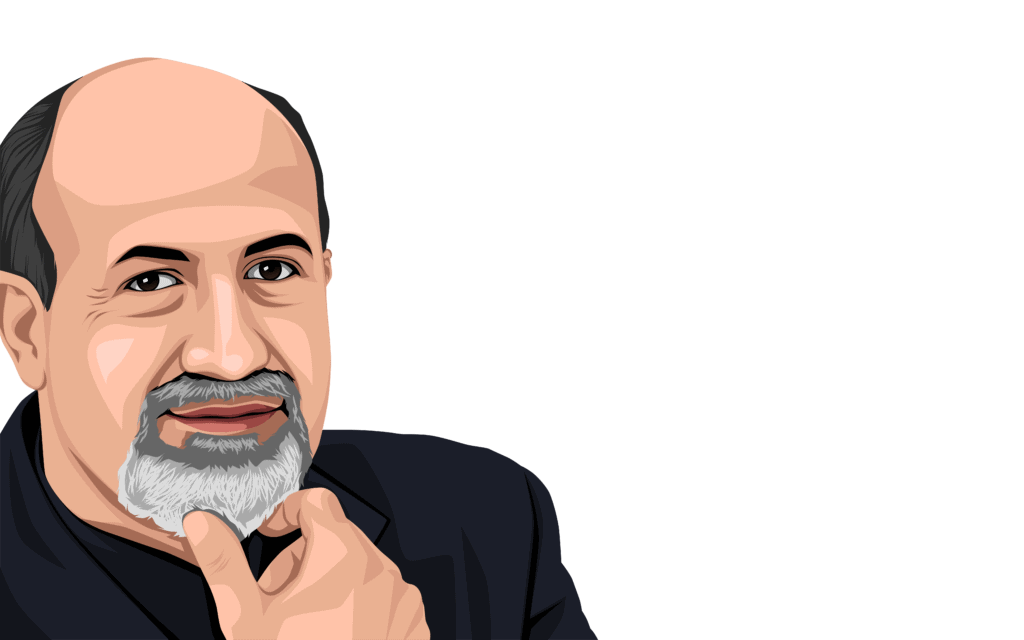
Unsurprisingly, Taleb thinks you should read his books in random order. If that's not good enough, you could go in chronological order of publishing:
- Fooled By Randomness
- The Black Swan
- The Bed of Procrustes
- Antifragile
- Skin in the Game
Nassim Taleb is simply one of the great thinkers of our time. He's rascally, cantankerous, and downright rude sometimes. But he's a fabulously charming and honorable genius who's given the world a new way to think about some very old problems… and some new ones as well.
He immensely respects entrepreneurship. But what really sells Taleb is his ability to teach through his writing. There are things he writes about with ease you wouldn't think of in a month of Sundays. And you won't feel stupid about it, either. You'll feel like you're getting the education your teachers simply weren't capable of giving you.
The Takeaway
Inside The One Percent, we've been talking a lot about investing. Dividend stocks, selling covered calls, and selling naked puts - that's just a start. We also had a great conversation with Ryan Coisson, Ryan Daniel Moran's mentor in the area of options trading. If this kind of discussion gets you excited, you should check these conversations out.
But stocks and options are not the only game in town for entrepreneurs who want to build a business and invest the profits. We take some pretty deep dives into these topics inside The One Percent. More importantly, we gather together to encourage, educate, and inspire each other. We aim to create positive change in the world like only entrepreneurs can. When you're ready to find your tribe of entrepreneurs in a give-first community, check it out here.
